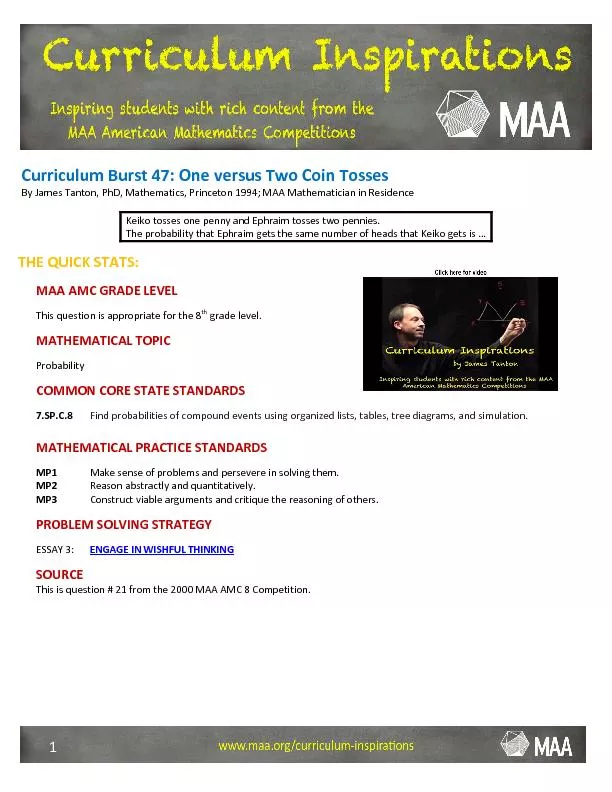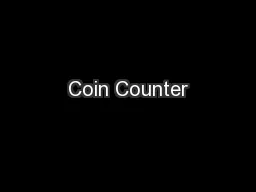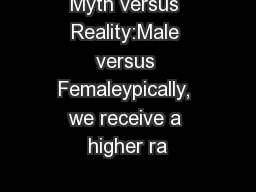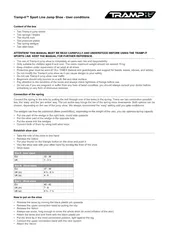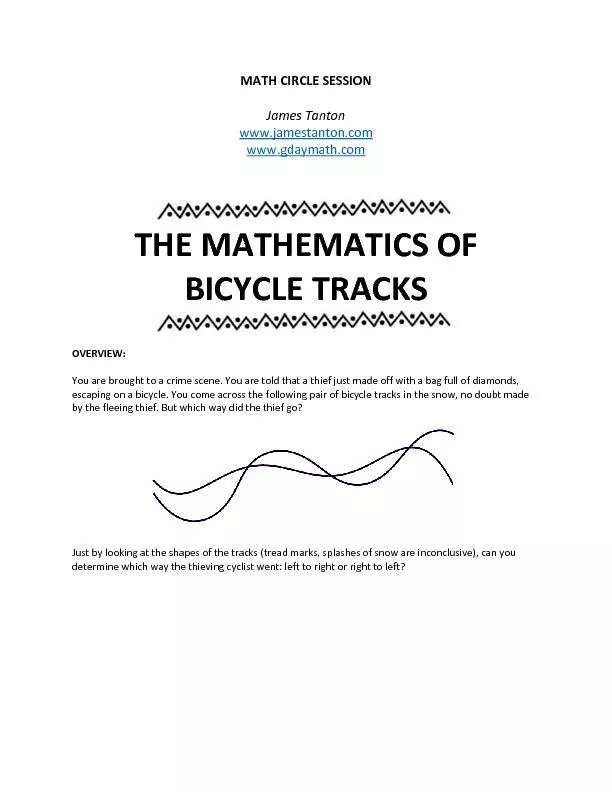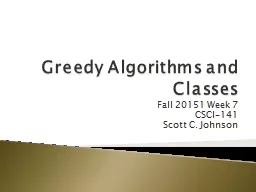PDF-Curriculum Burst One versus Two Coin TossesBy James Tanton,
Author : min-jolicoeur | Published Date : 2016-08-14
Keiko tosses one penny and Ephraim tosses two pennies The probability that 133 THE QUICK STATSMAA AMC GRADE LEVEL SPFind probabilities of compound events using organized
Presentation Embed Code
Download Presentation
Download Presentation The PPT/PDF document "Curriculum Burst One versus Two Coin Tos..." is the property of its rightful owner. Permission is granted to download and print the materials on this website for personal, non-commercial use only, and to display it on your personal computer provided you do not modify the materials and that you retain all copyright notices contained in the materials. By downloading content from our website, you accept the terms of this agreement.
Curriculum Burst One versus Two Coin TossesBy James Tanton,: Transcript
Download Rules Of Document
"Curriculum Burst One versus Two Coin TossesBy James Tanton,"The content belongs to its owner. You may download and print it for personal use, without modification, and keep all copyright notices. By downloading, you agree to these terms.
Related Documents

